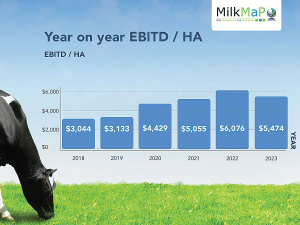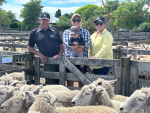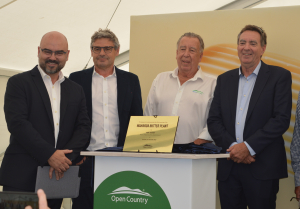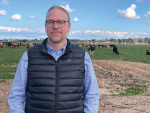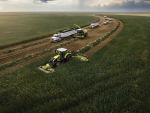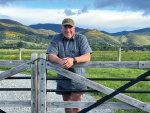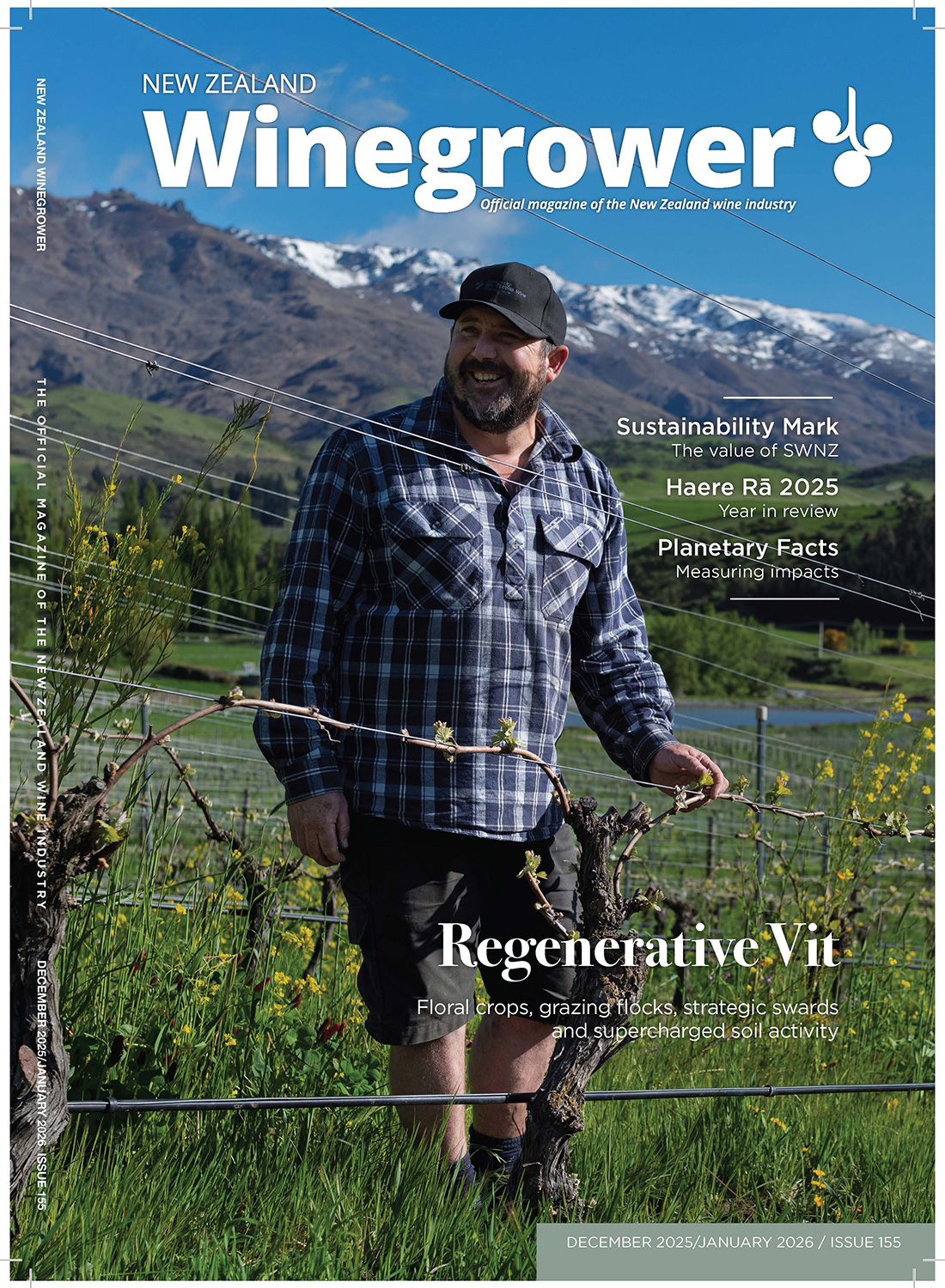MilkMaP Consulting focuses on ‘milk’, ‘management’ and ‘profitability’, by analysing its clients’ cost structures, and the impact of any proposed feeding or stocking-rate changes.
Its senior consultants have been tracking their clients’ results – throughout the country – for several seasons now. Its 2022-23 end of year (EOY) summaries, include comparisons on all the main income and cost categories, the data breakdowns, the costs, and profit (per hectare, per cow, and per kilogram of MS).
The reports show correlations between key performance criteria, including the two main profit drivers – FWE (farm working expenses), and EBITD/ha (expenses before interest, tax and depreciation).
Trounce says producers have navigated the bumpiest ride they’ve had in the past decade using attention to detail and their key professionals.
He says in the main, their clients had handled the 2022-23 season’s instability well, which included fertiliser costs rising by 16%, administration costs jumping by 21%, and vehicle expenses lifting by 16% (driven by fuel costs).
“It’s been very volatile with a lot of movement within a year, and if you looked at the 10 years prior to that things were reasonably static,” he says.
“Normally you talk about that with a sense of the milk price, but not so much when it comes to the operating spend.”
Production per hectare did drop marginally for the third consecutive year – pressed by external factors, such as falling stocking rates (down 3.5% or 0.15 cows/ha), nitrogen limits, consentto- farm regulations, and a cold 2022 spring. However, the end-of-season effort held the impact of those collective factors to an overall average fall for MilkMaP’s clients of just 1% in kilograms of MS/ha.
“If we looked at the 2022 spring we were dealt, we couldn’t do much about getting to that peak milk because pasture is still 80-90% of the cows’ diets, so if they were having to deal with poorer quality silage, they’d still find it very hard to mitigate those impacts completely,” Trounce says.
“But from Christmas 2022 onwards, the decline from peak milk was able to be managed well to minimise the damage. The result was down 4kg of MS/cow. That’s pretty good compared to what it could have been. Our clients essentially held that number to what we would usually describe as a general movement from one year to the next.
“Add that to the climate through autumn, winter, and this spring, and nature played ball pretty well. That’s allowed the cows to put weight on, hold production at the end of the season, get through winter relatively unscathed, and come into this spring in really good nick.”
For 2020-21 season, FWE/kgMS lifted 2.5%, EBITD/ha 13% and milk price 6.3%. For 2021-22, FWE/kgMS rose 18.3%, EBITD/ha 21.3% and milk price 22.9%. For 2022- 23, FWE/kgMS was up 7.08%, however EBITD/ha was down 18.9% and milk price down 6.6%.
The final numbers coming out of the 2022- 23 season were starting to show the strain of higher interest rates and costs.
“The problem with that is that three years ago the finance cost was half of where it is today – and that’s the other part of the story,” he says. “What was dropping out the bottom was at the same level, but you’ve now got double the spend with interest, while income hasn’t lifted proportionately.
“A big point is that the overall operating costs of our clients went up 7%.”
Keep Costs Down
Andrew Trounce says it’s important that dairy farmers keep their fingers on the pulse when it comes to costs for the next two years, given that interest rates appear likely to linger and regulations aren’t easing off.
“What could have been a successful model in the past may not be a successful model moving forward, and that never goes away.”
Trounce says the work that MilkMaP is completing by tracking its clients’ results shows that if cows are working close to (or at) their potential, it will lift production per hectare. That, in turn, means more milk from fewer cows, creating a more efficient system with less per-cow fixed costs.
“The take-home message I’m seeing is that by understanding your costs and knowing your key profit drivers you can deliver the best level of profitability for your farm. It really comes down to how well you run it.”
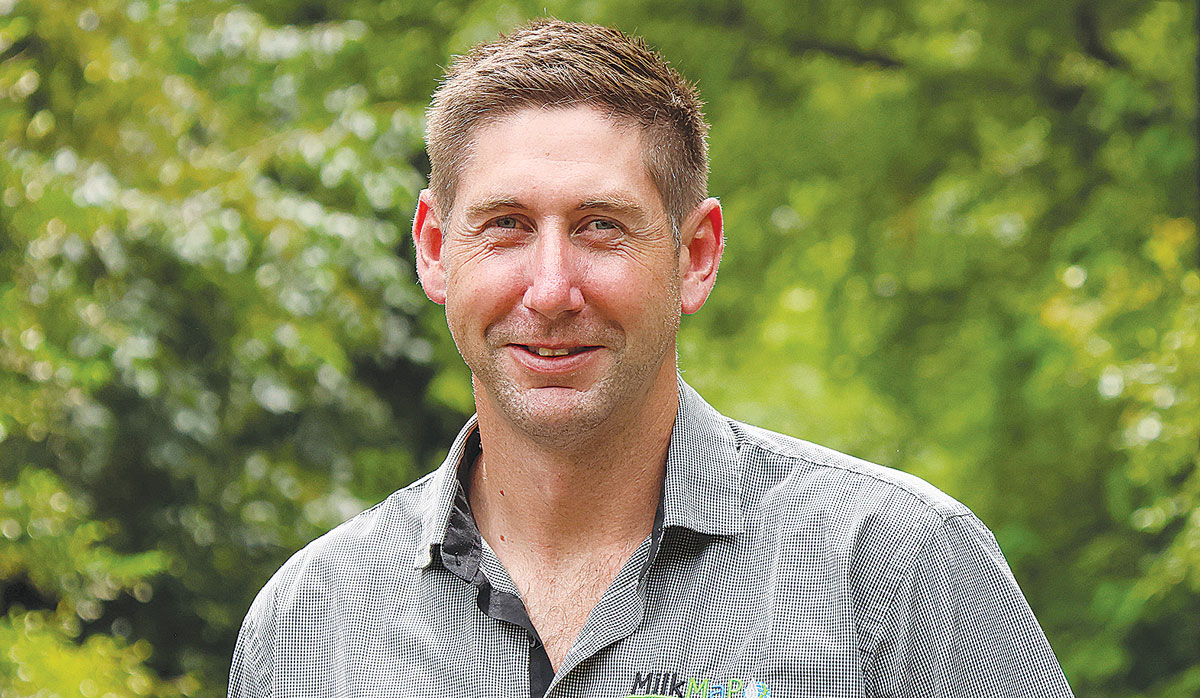 |
|---|
|
MilkMaP's senior farm business consultant, Andrew Trounce.
|
Farmers Held The Line
Andrew Trounce couldn’t fault how their clients responded to the pressure.
“Farmers had a good handle on the boots-on-the-ground stuff – decisions about what to spend money on and what not to.
“If you looked at this last year, guys didn’t necessarily reduce feed when the feed costs went sky-high, which allowed them to hold production later in the season. It shows the importance of getting milk production to dilute their costs.”
He says that’s not to say there hasn’t been a lot of fine management needed within that commentary to keep ahead of the pain.
“It’s come down to attention to detail. Some of our clients have condition scored their herds and perhaps pulled the bottom 10% of lighter cows out and milked them once-a-day [OAD] if need be, which also potentially helped with conception on those cows. Those kinds of decisions have yielded a better result than putting the whole herd on OAD, for example.”
He says with the value of hindsight, the early warning on milk price ($6.75) hasn’t been all bad.
“Because it meant that people were so early in their season, they were able to alter things – and cut out some unnecessary spends – before it had already been spent.
“Who knows where it will end up, but as the season has gone on, the outlook seems to have improved.”
He says there are still things that can be done to ease things.
“Understanding your key profit drivers is critical. In 2022-2023, 95% of our clients continued to feed grain in the same amounts when the prices were high, because they could see the value of it and they didn’t want to negatively impact production,” Trounce says.
“I will add that it’s important to note that different feeds have a different impact. For example, you can’t replace 1kg of grain with 1kg of palm kernel and expect the same result, just because it’s $20 or $30/tonne cheaper.”





